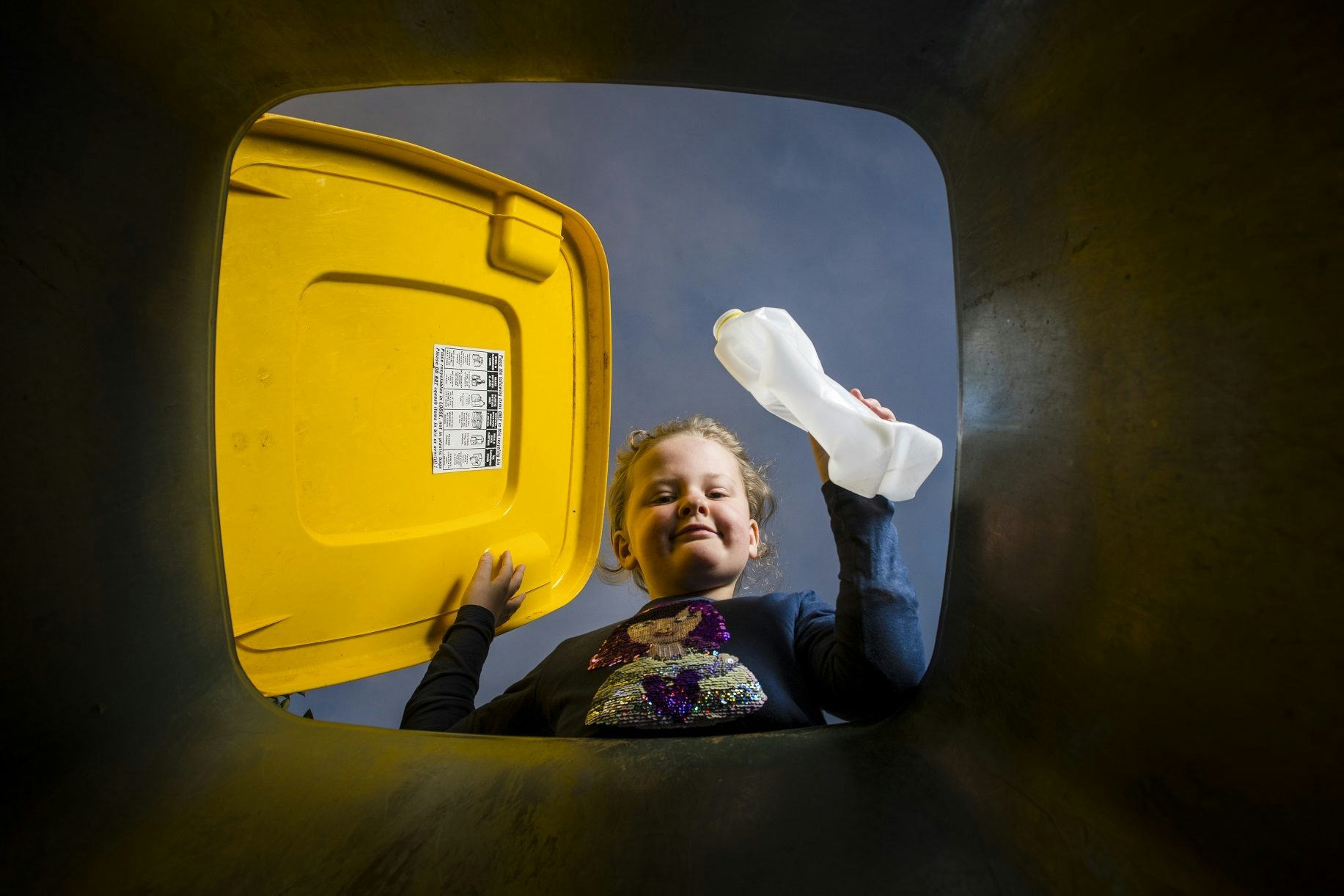Can Victoria reach zero-waste?

Victoria has made good progress towards a zero-waste circular economy since changes in international markets saw large amounts of recyclables being stockpiled or sent to landfill.
In 2020, Infrastructure Victoria made 13 recommendations to the Victorian Government focused on improving the collection and re-use of 6 priority materials including plastics, paper and cardboard, glass, organics, tyres and e-waste.
Since then, the waste sector has continued to innovate and find new ways to re-use materials previously sent to landfill. Improvements are being made to household and commercial recycling systems, governments are sourcing more goods made from recycled materials and waste is being used to generate energy.
More solutions needed to meet higher targets
Victoria will need a variety of solutions in the decade ahead if we are to lift our recycling rates and reduce the amount of waste going to landfill.
Our research shows $1 billion in infrastructure investment is needed from government and the private sector to increase Victoria’s processing capacity by 3.1 million tonnes.
But there are many benefits. For example, lifting Victoria’s recycling rates from 69% to 90% could support up to 5,000 jobs, many of these in regional Victoria. New products made from recycled materials could be used in major infrastructure projects, manufacturing and agriculture.
In the Latrobe Valley, Opal Australian Paper has committed to significant sustainability targets, including infrastructure and energy efficiency investments. Opal is investing over $500 million in an energy from waste facility which will combust non-hazardous residual waste from households and the commercial sector to generate high efficiency combined heat and power, supplying both steam and electricity to its paper mill.
The facility is the first of its kind to achieve Victorian regulatory approvals, with completion planned for 2025.
Creating energy from waste is just one way Victoria can reduce its reliance on landfill. Recovering energy from non-recoverable or non-recyclable materials is a better outcome than disposal because it recovers some value, can reduce greenhouse gas emissions, and lessens the long-term environmental impacts of landfill. It is a pragmatic approach to managing residual waste and a small part of the journey towards zero-waste.